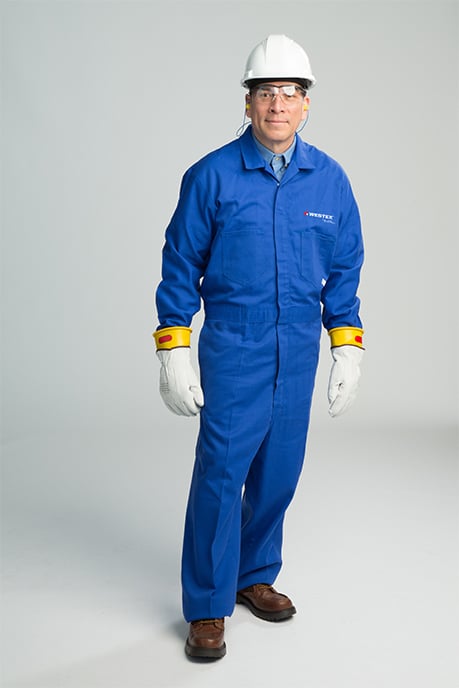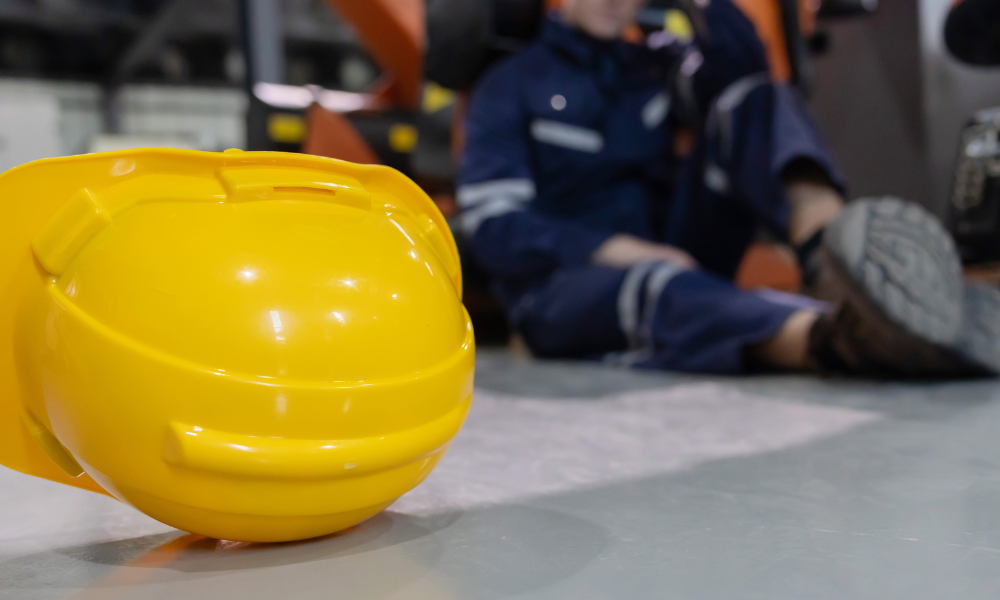
When it comes to arc rated (AR), flame resistant (FR) garments, there are many options in the marketplace. Some garments rely on marketing terminology to show they offer sufficient protection against short term thermal hazards; however, these terms can often be misleading. In creating an FR program that best protects workers, wading through what is important and what is not can be challenging. Keep these four key elements in mind when choosing AR/FR garments to help make your decision less cumbersome.
1 - Know the difference between fabric and garment manufacturers: A fabric manufacturer engineers and produces FR fabric, which the garment manufacturer then uses to create AR/FR apparel. It is up to the fabric manufacturer to create quality fabric to meet industry standards. Many of the important testing and quality assurance metrics fall to the fabric manufacturer; therefore, specifying a reputable fabric manufacturer is important, as an AR/FR garment will only perform as well as its fabric.
Why Westex: Westex by Milliken recognizes the importance of safety in the workplace, which is why all our fabrics are guaranteed and market proven to be flame resistant for the life of the garment. We study every step of the manufacturing process to ensure our fabrics meet, and often far exceed, industry standards to perform in the real world.
2 - Understand the meaning behind ‘88/12’: In recent years, brands adopted the phrase ‘88/12’ to imply a garment offers comfort and sufficient AR/FR properties. In reality, ‘88/12’ is no indication of the garment’s comfort or AR/FR properties, nor is it a fabric brand. The phrase ‘88/12’ refers to the type of fabric makeup—88% cotton and 12% nylon, before the flame resistant engineering process. 88/12 garments can certainly carry AR/FR qualities; however, it is important to read the garment label and research the fabric manufacturer to ensure the fabric meets industry requirements and balances three key properties in a fabric: flame resistance, comfort, and shrinkage control. Each of these properties directly impacts the other two, so it is important that you are specifying a fabric from a reputable manufacturer who understands the nuances of FR textiles and who balances these three considerations.
Why Westex: Westex by Milliken uses proprietary processes to provide FR engineered, 88/12 fabrics that bolster comfort properties and offer life of the garment AR/FR protection. Each fabric we produce, including our 88/12 based fabrics, has been certified to meet or exceed industry standards in addition to maintaining high levels of comfort. In addition to 88/12 based fabric, we offer a full range of AR/FR fabrics that are designed to help mitigate risks in a variety of environments where short term thermal hazards may be present.
3 - Review industry standards: When designing a safety program, it is important to understand what ‘NFPA-certified’ means when included on a garment label. NFPA standards set a minimum level of criteria, which is intended to be a baseline measurement for manufacturers. For example, NFPA 2112 states that acceptable FR fabric can have up to 49% predictable total body burn when tested via ASTM F1930 manikin test method. Yet a 49% body burn is still a significant amount, so specifying a fabric that goes beyond this requirement could be greatly beneficial. The same holds true with most standards —they are an important part of our industry but are designed to be inclusive rather than exclusive.
Why Westex: Westex by Milliken has more than 50 years of experience in the industry, so we keenly understand consensus standards and how they impact our highly technical manufacturing process. Westex by Milliken conducts internal tests to ensure our fabrics meet our own rigorous standards, and we also enlist third-party labs to validate our results.
4 - Read garment labels: AR/FR garments should all have labels to indicate their level of protection against specific workplace thermal hazards and the standards they meet. Additionally, labels will indicate cleaning instructions, fiber content, and sizing. These labels come from both the fabric and garment manufacturers and showcase quality, consistency, attention to detail, and commitment to the end user. Always be sure to inspect each label carefully to ensure the garment meets your workplace safety needs.
Why Westex: Westex by Milliken provides garment/PPE manufacturers with both internal and external labels for garments to assist end users in determining if the garment is right for their safety program. Including these labels highlight our level of commitment to worker safety and uphold the importance of adhering to industry standards.
At the foundation of AR/FR garments, FR fabric provides the essential protection needed to ensure your workers remain safe on the job. AR/FR garments only perform as well as their FR fabric performs, so remember to specify a trusted fabric manufacturer that adheres to the highest standards in AR/FR fabrics.
About the Author
Greg Kelly is the Western Canadian Regional Market Manager for Westex by Milliken. Since 1999, Greg has extensive experience with protective textiles and protective apparel programs, with a focus on specifying fabrics for everyday industrial hazards. His involvement with the safety industry includes, trade associations, standards committees, supply chain partners, and end user safety teams. Follow Westex by Milliken on Facebook, LinkedIn, Twitter, and Instagram for the latest information and resources about AR/FR fabrics.






